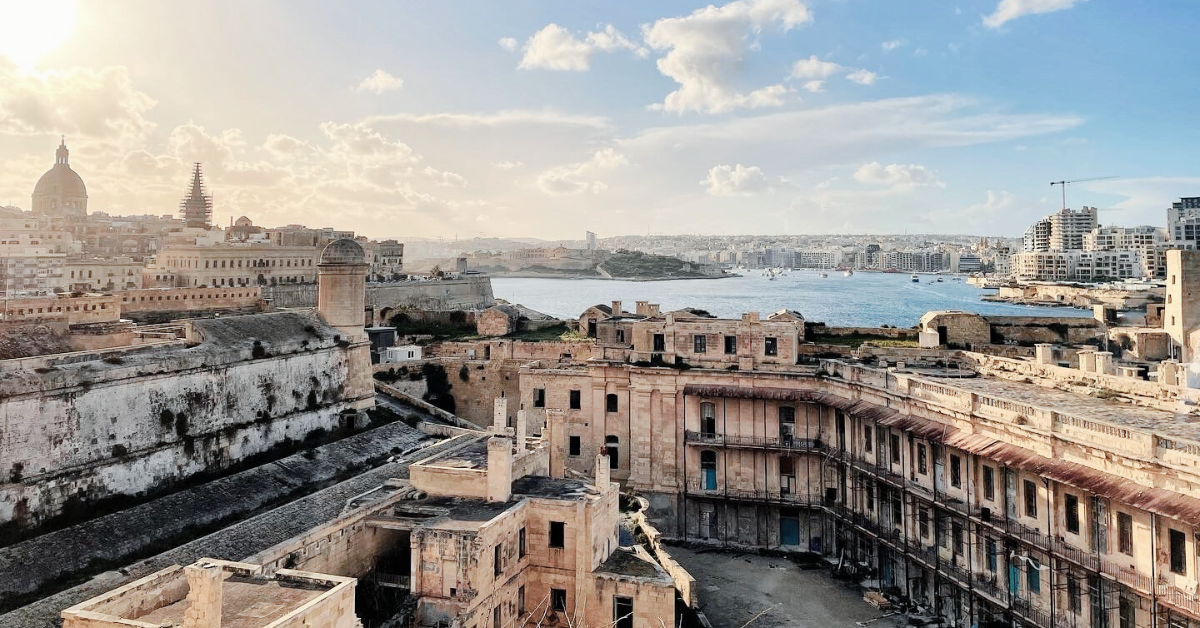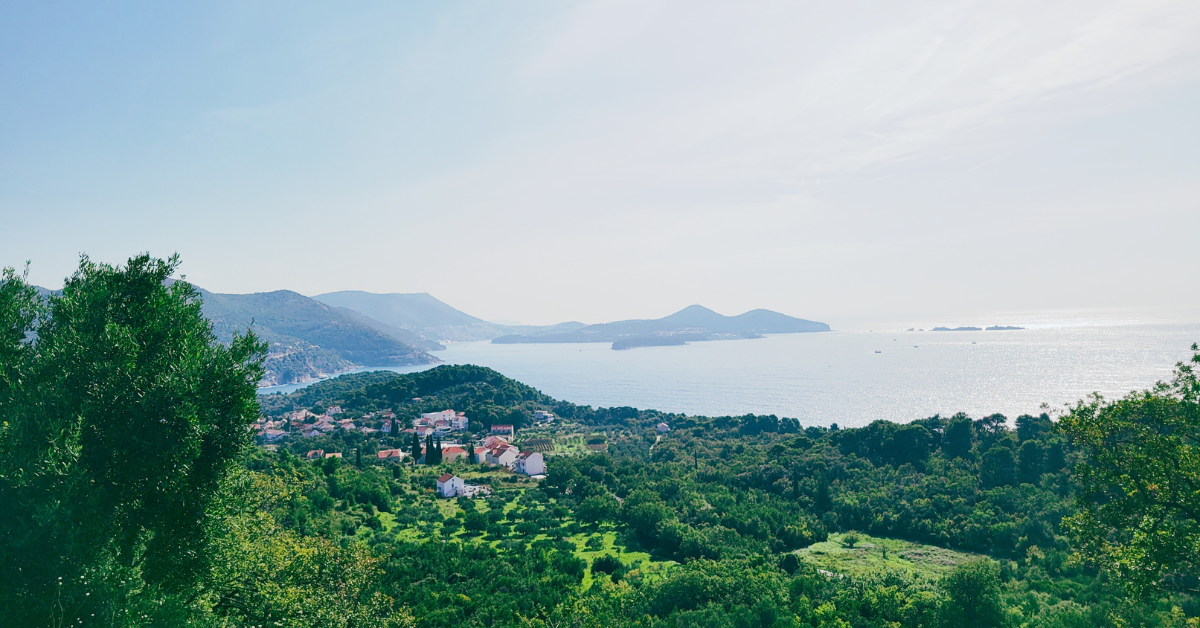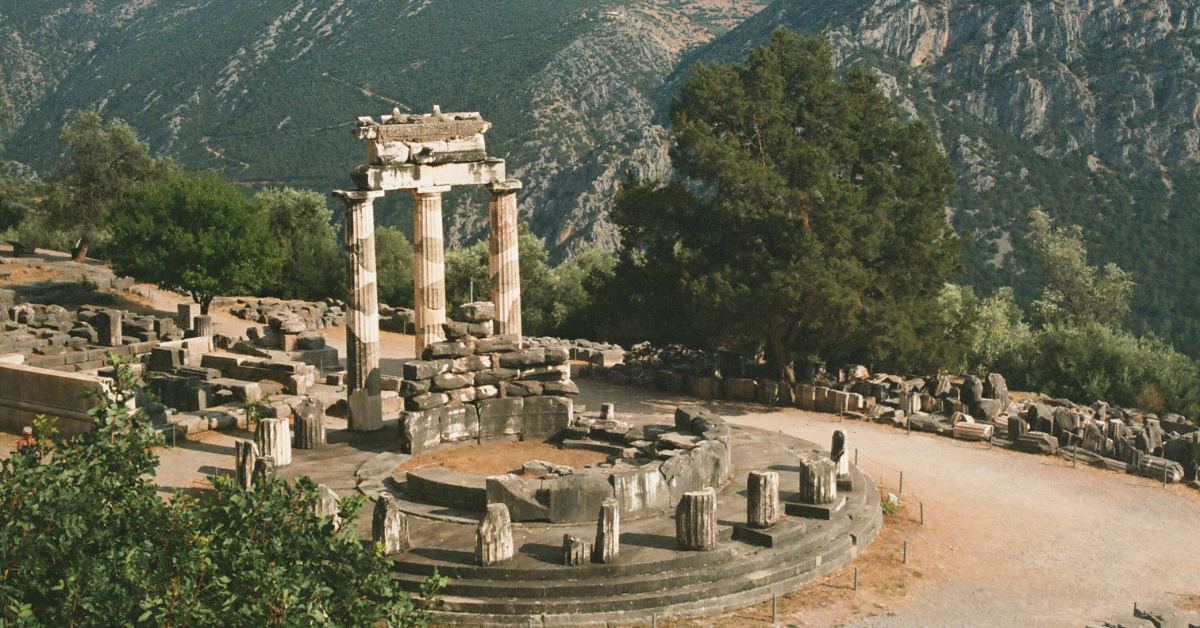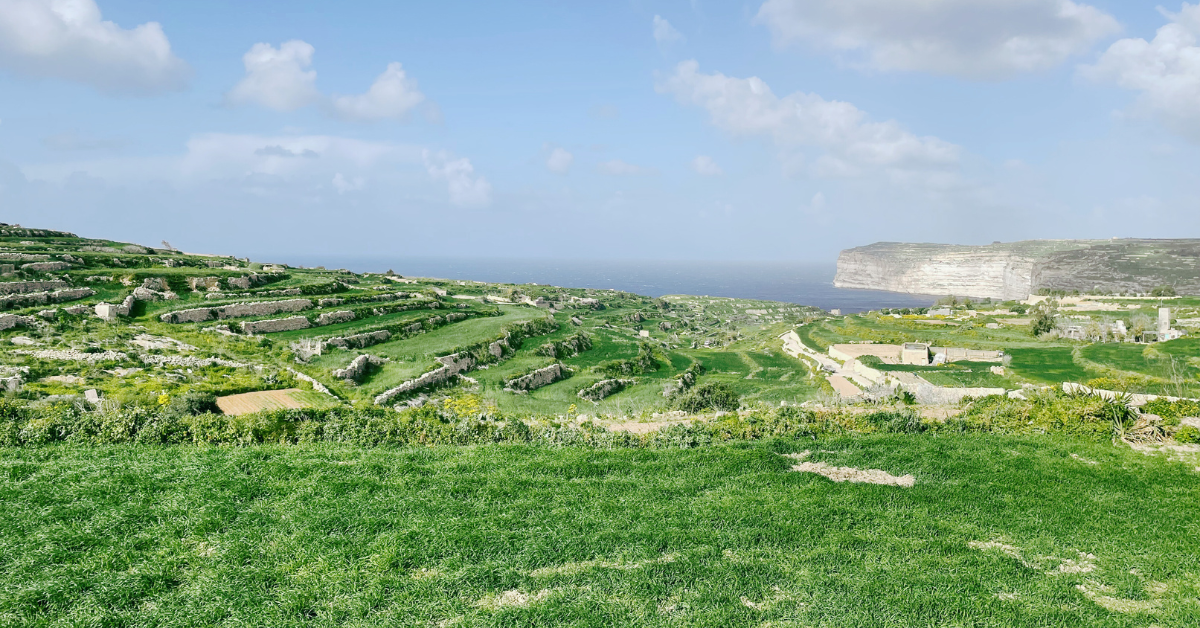There’s something magnetic about Chicago. Maybe it’s the way the skyline rises above Lake Michigan, or how the neighbourhoods hum with personality and flavour. Known for its bold architecture, music scene, and unforgettable food, Chicago combines big-city energy with Midwest warmth.
Founded in 1833, Chicago grew rapidly as a hub for trade and industry thanks to its prime position on the Great Lakes. The Great Chicago Fire of 1871 destroyed much of the city, but out of the ashes came a wave of innovation — architects like Daniel Burnham and Louis Sullivan helped rebuild it into a world-class showcase of design.
Today, Chicago is known as the birthplace of the skyscraper, the home of blues and jazz, and a culinary powerhouse that gave us deep-dish pizza, Chicago-style hot dogs, and the Italian beef sandwich. It’s also a city that celebrates its sports, its neighbourhoods, and its sense of humour — quite literally, as the birthplace of improv comedy.
Mark travels to trade shows for work a few times per year. This is the perfect opportunity for me to explore places I might not necessarily pick for a short trip. Being on the west coast of Canada, it’s a bit of a journey to get to Chicago. I transferred in Denver, but for the adventure (and free accommodation), it’s worth it! Here’s how we spent three days in Chicago, from iconic landmarks to mouthwatering bites.



Where to stay:
Again, due to Mark’s travel for work, we are Marriott Bonvoy members, exclusively staying in Marriott hotels during tradeshows, but also often on other vacations. This is in part due to free stays from the rewards program, but also, it is nice to know what you are going to get. And we don’t spend much time in the hotel, so we don’t need anything terribly fancy or aesthetic.
We stayed in the SpringHill Suites Chicago Downtown for the first 2 nights. This is in the River North neighbourhood and within walking distance of many attractions. We moved to the Marriott Marquis Chicago, as this was beside the convention center in the Motor Row District.
Recommended areas to stay:
- The Loop (Downtown) – Perfect for first-time visitors who want to be close to major sights like Millennium Park, the Art Institute, and the Riverwalk.
- Lincoln Park – A leafy, upscale neighbourhood with easy access to the zoo, lakefront, and great brunch spots. Perfect for a more residential vibe.
- Wicker Park / Bucktown – Trendy, creative, and full of personality. Expect indie shops, cafés, and live music. A great choice for a local, laid-back feel.
- West Loop – The city’s culinary heart, filled with award-winning restaurants and markets like Time Out Chicago and Randolph Street’s “Restaurant Row.”
- Hyde Park – A bit farther south but rich in culture and history — home to the University of Chicago and the Museum of Science and Industry.
Day 1: City Icons and Lake Views
Start your trip downtown at Millennium Park, a modern oasis filled with public art, gardens, and fountains. The park’s star attraction is Cloud Gate, affectionately called The Bean. Created by artist Anish Kapoor, this reflective sculpture mirrors the skyline in its gleaming surface — an instant classic for photos. Go early for crowd-free photos and the perfect reflection of the skyline.
How to get there: Take the Red or Blue Line to Monroe Station, or the Brown/Green/Orange/Pink lines to Washington/Wabash. The park is a short walk away.
Next, stroll the Chicago Riverwalk, a pedestrian path lined with restaurants, bars, and river views. Grab a seat along the water, enjoy a local craft beer, and see the city’s architectural evolution up close. From historic art deco towers to sleek modern glass high-rises. If you have time, hop on an architecture river cruise for a guided look at Chicago’s world-famous buildings.
How to get there: It’s a 10-minute walk from Millennium Park; follow the signs toward the river.
As the sun begins to set, head to Navy Pier. Originally built in 1916 as a shipping and recreation pier, it’s now packed with attractions — stroll the boardwalk or ride the Centennial Wheel. We visited Navy Pier during the day, but apparently, the skyline views are perfectly lit up by the evening glow. It was also at Navy Pier that I understood why Chicago is called the windy city! Lake Michigan is so big that it is a little boggling that you are lakeside, not oceanside.






Food
For lunch, try Portillo’s & Barnelli’s Chicago-style hot dogs.
For dinner, you have to try deep-dish pizza. There are lots of options (and opinions) on the best. We ate at Gino’s East and Giordano’s. I preferred Gino’s. Lou Malnati’s Pizzeria is also a famous option.
Conveniently, The Comedy Bar is located on the third floor of the same building as Gino’s. Chicago is the birthplace of improv and sketch comedy. Other famous comedy bars are:
- The Second City: A must-visit comedy institution that launched legends like Tina Fey, Steve Carell, and Bill Murray. Expect sharp improv, clever sketches, and plenty of Chicago humour.
- Zanies: For stand-up lovers, this intimate club in Old Town has been hosting top comedians for over 40 years.
Day 2: Gardens & Museums
Start your day at the lush Garfield Park Conservatory, one of the largest and most beautiful botanical conservatories in the U.S. Opened in 1908, it’s home to tropical palms, cacti, and ferns in beautifully designed glass domes. Perfect for a peaceful morning stroll among tropical palms, desert cacti, and cascading ferns. Take the Green Line to Conservatory-Central Park Drive Station — it’s right across the street.
Take the Green line back into the city and stroll the Magnificent Mile – continuing to ogle the architecture.
Spend the rest of the afternoon/evening at The Field Museum. Dive into the fascinating exhibits on ancient cultures and natural history. Don’t miss Sue the T. Rex and the Egyptian mummies — both museum icons. Take the Red or Orange Line to Roosevelt Station, then walk about 15 minutes east through the Museum Campus.
Food
In the afternoon, fuel up at Big Al’s Beef with a messy, juicy Italian beef sandwich, dipped in au jus and piled with peppers (I swear Mark dreams about the sandwiches – and now I know why!). Then grab a bag of Garrett Popcorn, famous for its sweet and savoury “Chicago Mix” — caramel and cheese corn together.
You can also try a Rainbow Cone – a five-layer scoop of chocolate, strawberry, Palmer House, pistachio, and orange sherbet — a local classic since 1926. There is an ice cream truck outside the museum.
For dinner, you can’t really go wrong with a classic steakhouse, BBQ joint or Mexican taqueria.






Day 3: Taste, Colour & Culture
We were attending an afternoon Cubs baseball game, so we wanted to keep the morning relaxed. We also did not want to spend a fortune on stadium food, so we hit up Taste of Chicago. This food festival fills Grant Park with a wide variety of food stalls serving sample-sized local flavours and music. We tried so many new and delicious things, truly a foodies paradise. Previously, this event occurred in September; however, starting in 2026, it is moving to July.
Built in 1914, Wrigley Field is the proud home of the Chicago Cubs and one of the oldest ballparks in the U.S, making it an iconic part of a visit to Chicago. The ivy-covered outfield and singing of “Take Me Out to the Ball Game” during the seventh-inning stretch make this a truly iconic experience, whether you like baseball (sports) or not.
How to get there: Take the Red Line north to Addison Station — the ballpark is right outside the station. Note: the “L” train gets insanely busy after the game. We ended up walking at least half of the way back to our hotel.




Other Attractions for Day 3
If you are not attending a baseball game, nor in town for the Taste of Chicago, you can visit these other attractions:
- Art Institute of Chicago – One of the oldest and largest art museums in the U.S., the Art Institute of Chicago houses masterpieces like American Gothic and Monet’s Water Lilies.
- Willis Tower Skydeck – Formerly the Sears Tower, the Willis Tower is one of the tallest buildings in the Western Hemisphere. Step out onto The Ledge — a glass balcony 1,353 feet above the city — for an unforgettable (and slightly nerve-wracking) view.
- 360 Chicago Observation Deck – Located in the John Hancock Building, this observation deck offers incredible panoramic views of Lake Michigan and the skyline. The daring can try TILT, a moving glass platform that angles out over the city.
- Lincoln Park Zoo – A rare gem — a free zoo right in the heart of the city. Stroll through lush gardens, spot lions and polar bears, and enjoy a lakeside picnic with skyline views.
- Chicago Cultural Center – A stunning architectural landmark famous for its two grand stained-glass domes. It’s completely free and hosts rotating art exhibits, performances, and cultural events.
- Museum of Science and Industry – Located in the Hyde Park neighbourhood, this interactive museum is one of the most fascinating in the U.S. Explore a World War II submarine, a full-sized train, and a replica coal mine — fun for all ages.
- A cool place near the McCormick Convention Center was Duneyrr Fermenta, a Nordic-inspired Winery and Brewery. It is very aesthetic, with tasty drinks, but quite small, so be prepared to stand or get cozy!
Tips for Visiting Chicago
- Getting around: The “L” train and buses are convenient, or grab a Divvy bike to explore the lakefront.
- When to visit: May to October is ideal for warm weather and outdoor festivals.
- Pack for anything: Chicago weather can change in a minute — bring layers!
- Book comedy or baseball tickets early: shows/games often sell out in advance.
Pin me for later…





















Leave a Reply